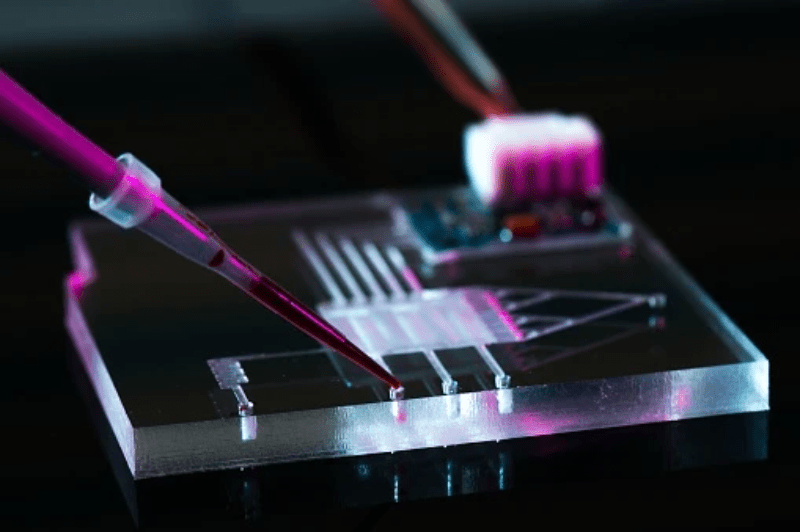
A microgroove barrier is a bioreactor barrier that separates axons from dendrites. These barriers are available in different sizes, and the most common is the 450 neuron device. A typical microgroove barrier features approximately 150 mm deep nanogrooves, which makes it suitable for studies that require axon separation. The pitch and comprehensiveness of the microgrooves in a given barrier are different from those in other products. For example, the closed network configuration has compartments that are about ten millimeters high, while the open chamber version only has a few millimeters of area.
The 150 mm neuron device has a microgroove width of 10 mm, making it the ideal choice for research that needs to isolate dendrites and axons in one culture. It is also useful for transportation studies, where the axon and dendrites are studied separately. The microgroove length is approximately 200 mm, making it an excellent choice for studies of axons in different tissues. Get this product by clicking here.
The 450 mm neuron device is the most commonly used microgroove barrier. It is especially suitable for separating axons from cell bodies. This device offers good fluidic isolation and culture organization for transport studies. Typical E18 rat cortical neurons do not cross the microgroove barrier after two weeks. For transport studies, the 150 mm neuron device is a better choice.
If you plan to separate axons and dendrites in a single culture, you should opt for the 150 mm neuron device. This device has a shorter microgroove than the 450 mm device. It is also ideal for researchers who wish to study early events of axonal and dendritic growth. It also provides good culture organization. If you need to isolate axons and dendrite in a single culture, this microgroove barrier will allow you to do that.
The 150 mm neuron device is ideal for separating axons and dendrites in a single culture. Its shorter length and microgroove width make it suitable for transportation studies. If you need to study the early stages of axon and dendritic growth, the 200 mm microgroove barrier is the best choice. It offers a high degree of isolation and organization for transport studies.
The 150 mm neuron device is designed to separate axons and dendrites from the cell body. Its shorter microgroove barrier allows you to isolate both types of neurons without a long culture process. Its longer axon and dendrites barrier is suitable for transportation studies. The smaller device has a smaller compartment height. Unlike the larger devices, the 150 mm version is ideal for studying both axons and dendrite development. All the products are linked here.
The sidewall microgrooves in the LPI are an integral part of the microchannel. These are important for axonal and somata isolation. Axonal and somata flow separation can occur. The channel width can be adjusted to match the width of the microgrooves. During this process, it is necessary to use a barrier that is large enough to prevent lateral movement of cells.
Check out this related post to get more enlightened on the topic: https://en.wikipedia.org/wiki/Centrifugal_micro-fluidic_biochip.
